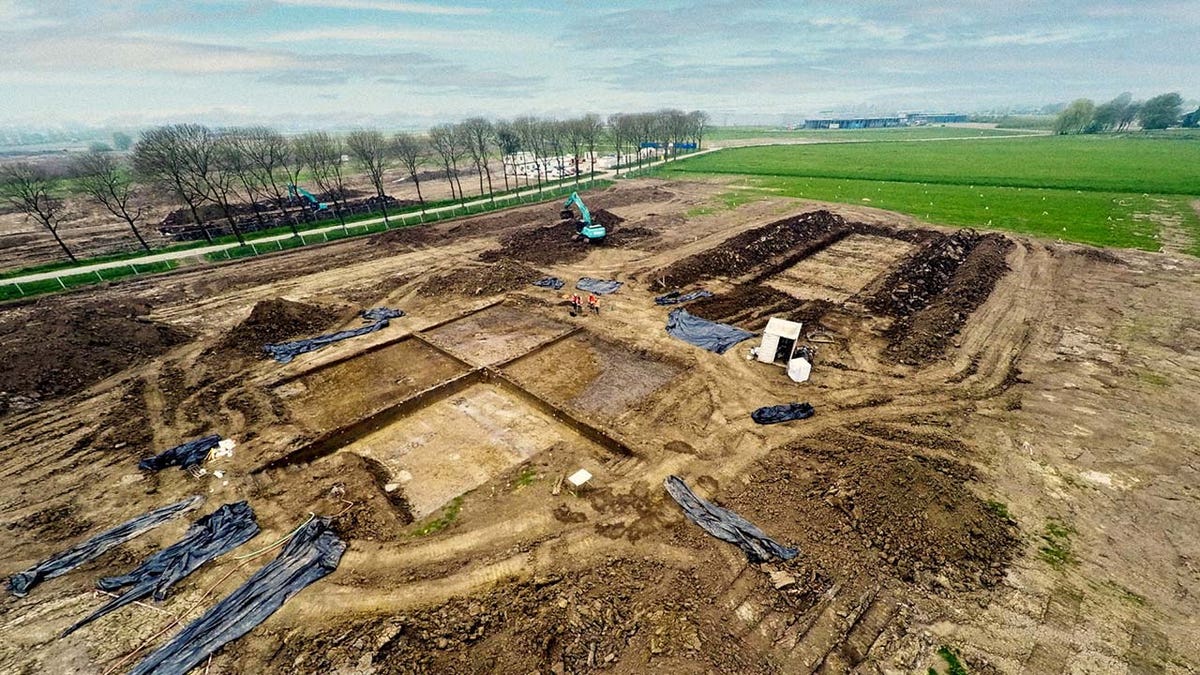A remarkable archaeological discovery in the Netherlands has unveiled a 4,000-year-old site, often referred to as the "Dutch Stonehenge," offering a glimpse into the religious and burial practices of the early Bronze Age. Located near Tiel, about an hour south of Amsterdam, this expansive site, spanning the size of four soccer fields, features burial mounds and a shrine seemingly dedicated to the sun and the solstices.

The largest of the three burial mounds, measuring approximately 65 feet in diameter, is believed to have functioned as a solar calendar. A shallow ditch encircling the mound has passages that allowed sunlight to penetrate on specific days, likely coinciding with the summer and winter solstices. Archaeologists unearthed sacrificial offerings at these points, including animal remains, human skulls, and valuable artifacts such as a bronze spearhead.

This ancient sanctuary, used for 800 years, provides valuable insights into the rituals and beliefs of the people who inhabited the region. Among the over one million artifacts recovered, archaeologists found the oldest glass bead ever discovered in the Netherlands, thought to have originated from Mesopotamia (modern-day Iraq), highlighting the extent of ancient trade networks. The site, initially discovered in 2016 during construction work, represents a significant archaeological find, offering a unique window into the Netherlands' distant past. Many of the excavated artifacts are expected to be displayed publicly, further enriching our understanding of this remarkable discovery.
Comments(0)
Top Comments